order histories, retained contact details for faster checkout, review submissions, and special promotions.
Forgot password?
order histories, retained contact details for faster checkout, review submissions, and special promotions.
Location
Corporate Headquarters
Vector Laboratories, Inc.
6737 Mowry Ave
Newark, CA 94560
United States
Telephone Numbers
Customer Service: (800) 227-6666 / (650) 697-3600
Contact Us
Additional Contact Details
order histories, retained contact details for faster checkout, review submissions, and special promotions.
Forgot password?
order histories, retained contact details for faster checkout, review submissions, and special promotions.
MST1R / RON
macrophage stimulating 1 receptor (c-met-related tyrosine kinase)
Receptor tyrosine kinase that transduces signals from the extracellular matrix into the cytoplasm by binding to MST1 ligand. Regulates many physiological processes including cell survival, migration and differentiation. Ligand binding at the cell surface induces autophosphorylation of RON on its intracellular domain that provides docking sites for downstream signaling molecules. Following activation by ligand, interacts with the PI3-kinase subunit PIK3R1, PLCG1 or the adapter GAB1. Recruitment of these downstream effectors by RON leads to the activation of several signaling cascades including the RAS-ERK, PI3 kinase-AKT, or PLCgamma-PKC. RON signaling activates the wound healing response by promoting epithelial cell migration, proliferation as well as survival at the wound site. Plays also a role in the innate immune response by regulating the migration and phagocytic activity of macrophages. Alternatively, RON can also promote signals such as cell migration and proliferation in response to growth factors other than MST1 ligand.
| Gene Name: | macrophage stimulating 1 receptor (c-met-related tyrosine kinase) |
| Family/Subfamily: | Protein Kinase , HGF Receptor/MET |
| Synonyms: | MST1R, C-met-related tyrosine kinase, CD136, CDw136, CD136 antigen, Friend virus susceptibility 2, Fv2, MSP receptor, p185-Ron, PTK8 protein tyrosine kinase 8, RON, Soluble RON variant 3, Soluble RON variant 1, MST1R variant RON30, Oncogene RON, PTK8, MST1R variant RON62, Protein-tyrosine kinase 8, RON variant E2E3, Soluble RON variant 2, Soluble RON variant 4 |
| Target Sequences: | NM_002447 NP_002438.2 Q04912 |

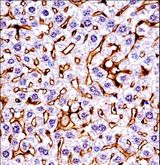
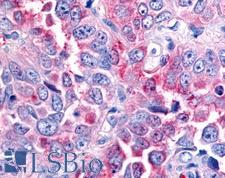
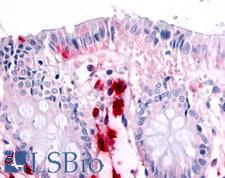
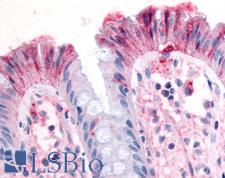
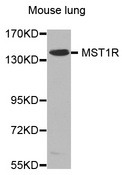
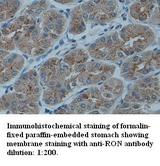


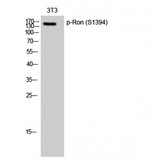

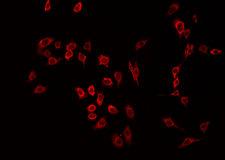
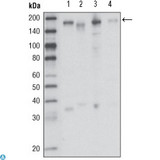
If you do not find the reagent or information you require, please contact Customer.Support@LSBio.com to inquire about additional products in development.












